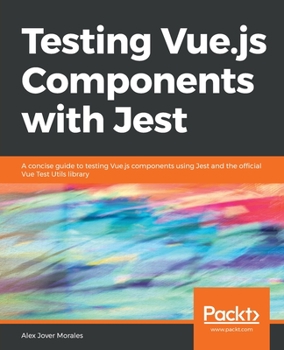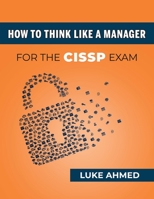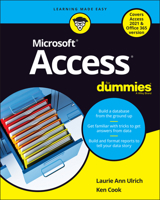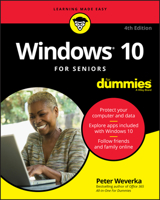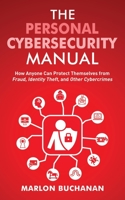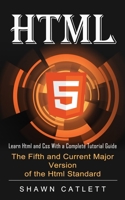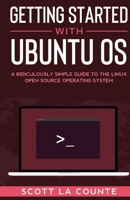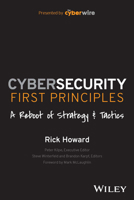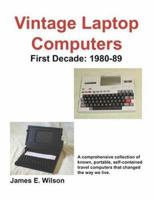Testing Vue.js Components with Jest
Select Format
Select Condition 
You Might Also Enjoy
Book Overview
No Synopsis Available.
Format:Paperback
Language:English
ISBN:1882419707
ISBN13:9781882419708
Release Date:September 2000
Publisher:29th Street Press
Length:350 Pages
Weight:2.50 lbs.
Dimensions:1.1" x 8.3" x 10.0"
Customer Reviews
5 customer ratings | 5 reviews
There are currently no reviews. Be the first to review this work.










